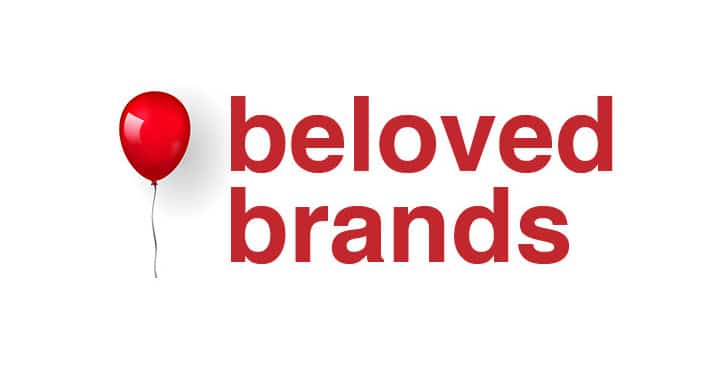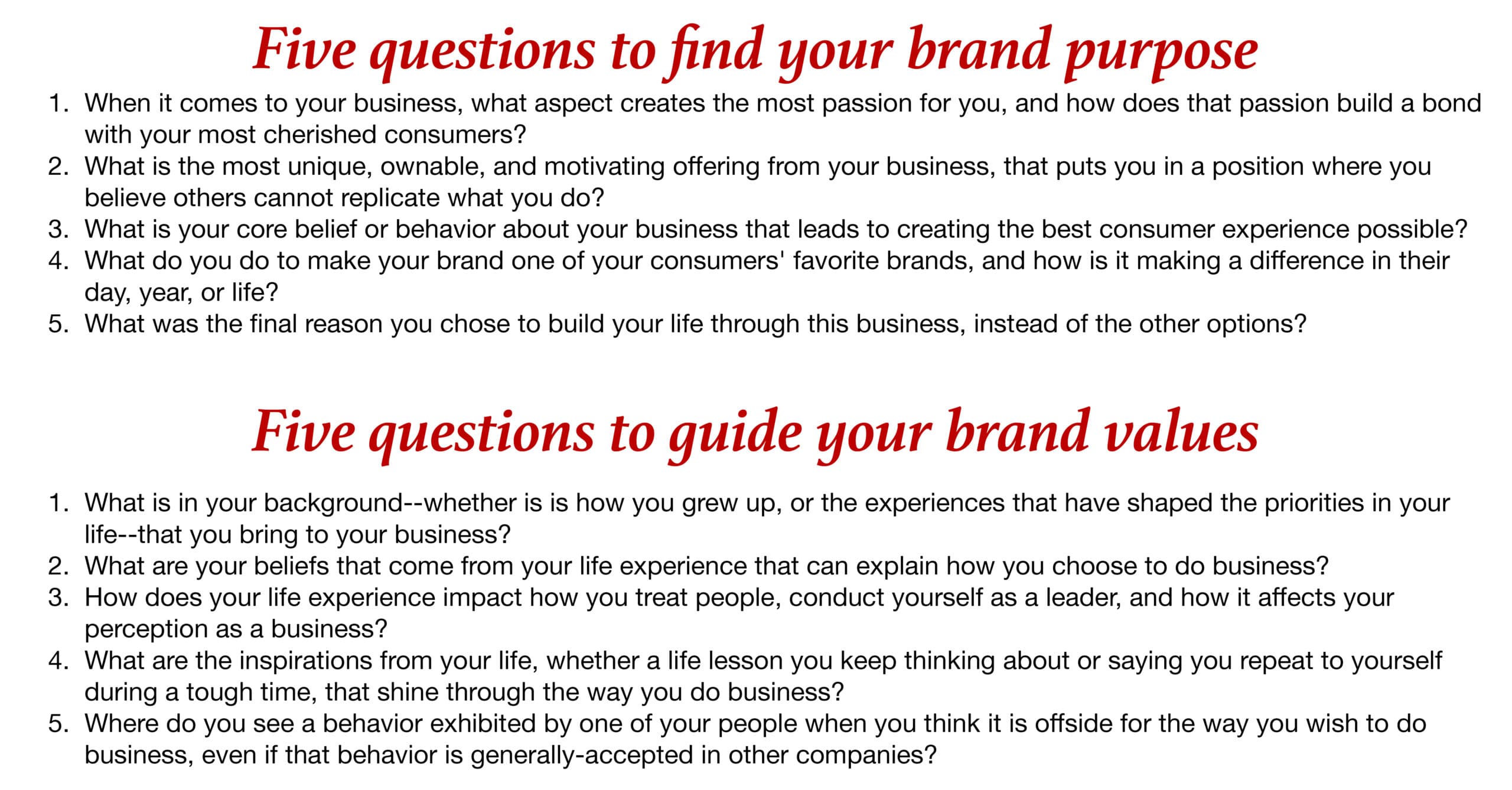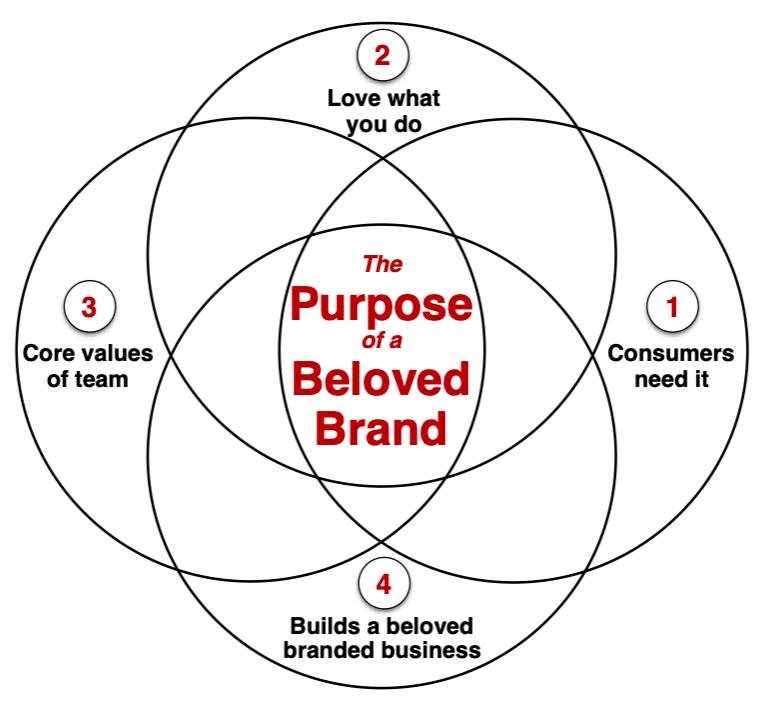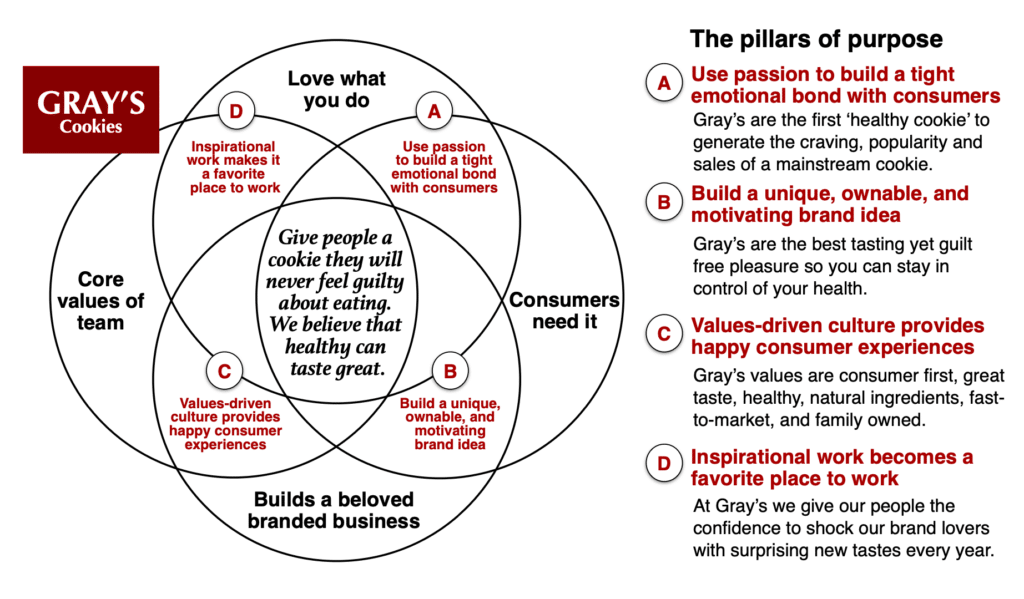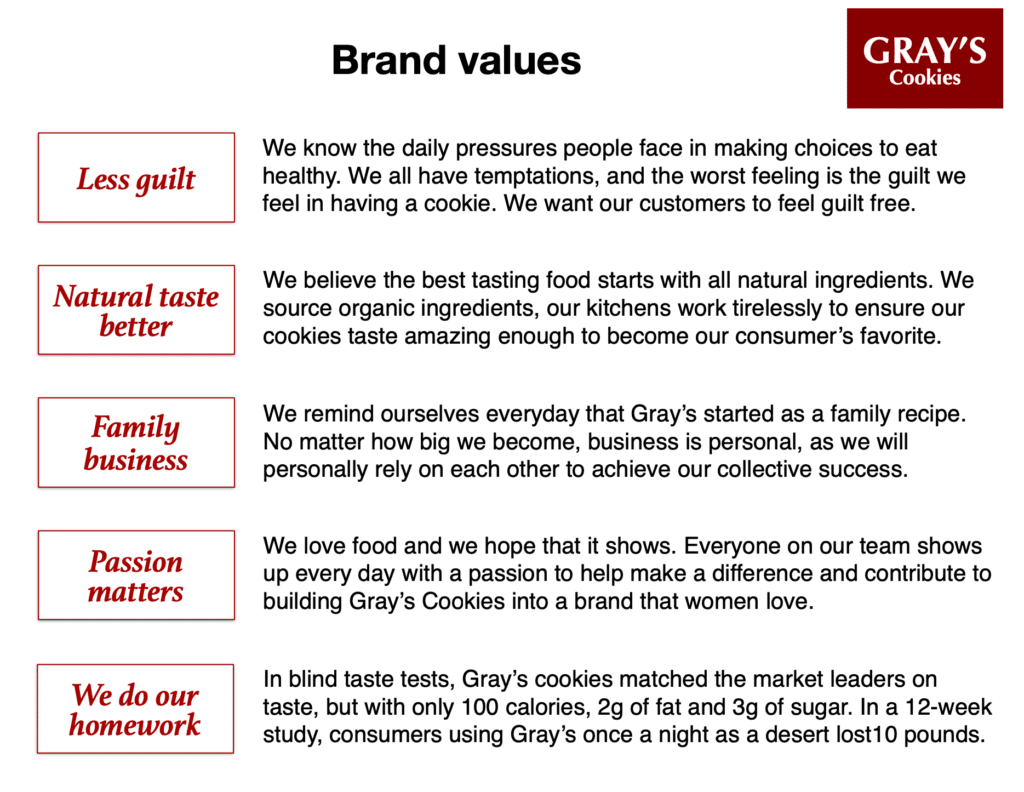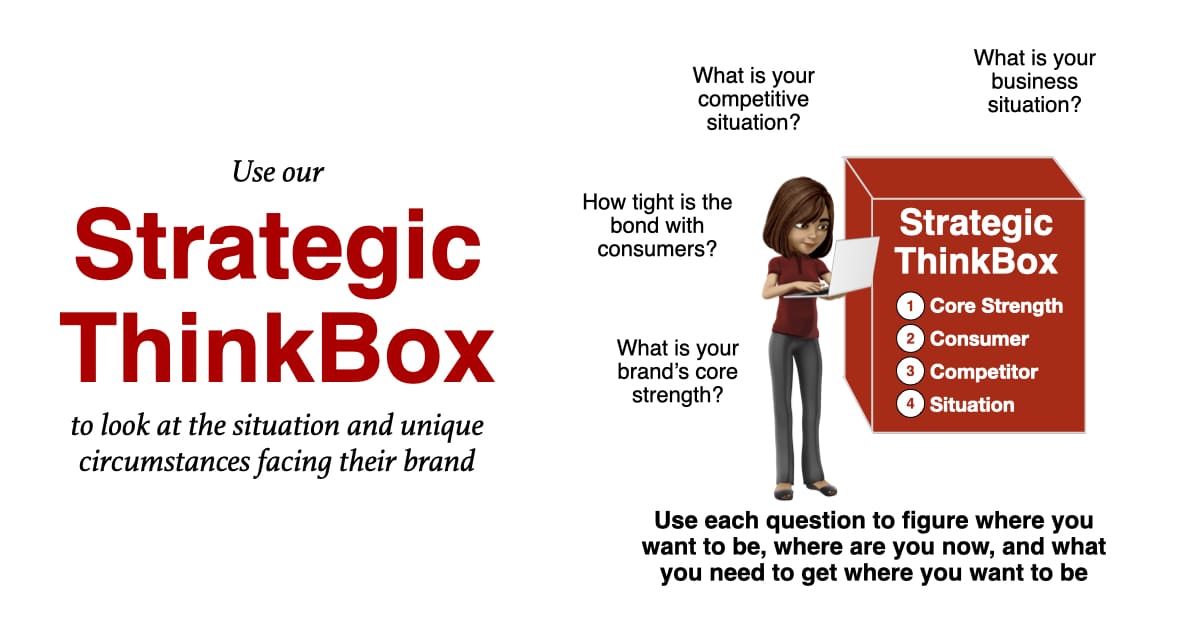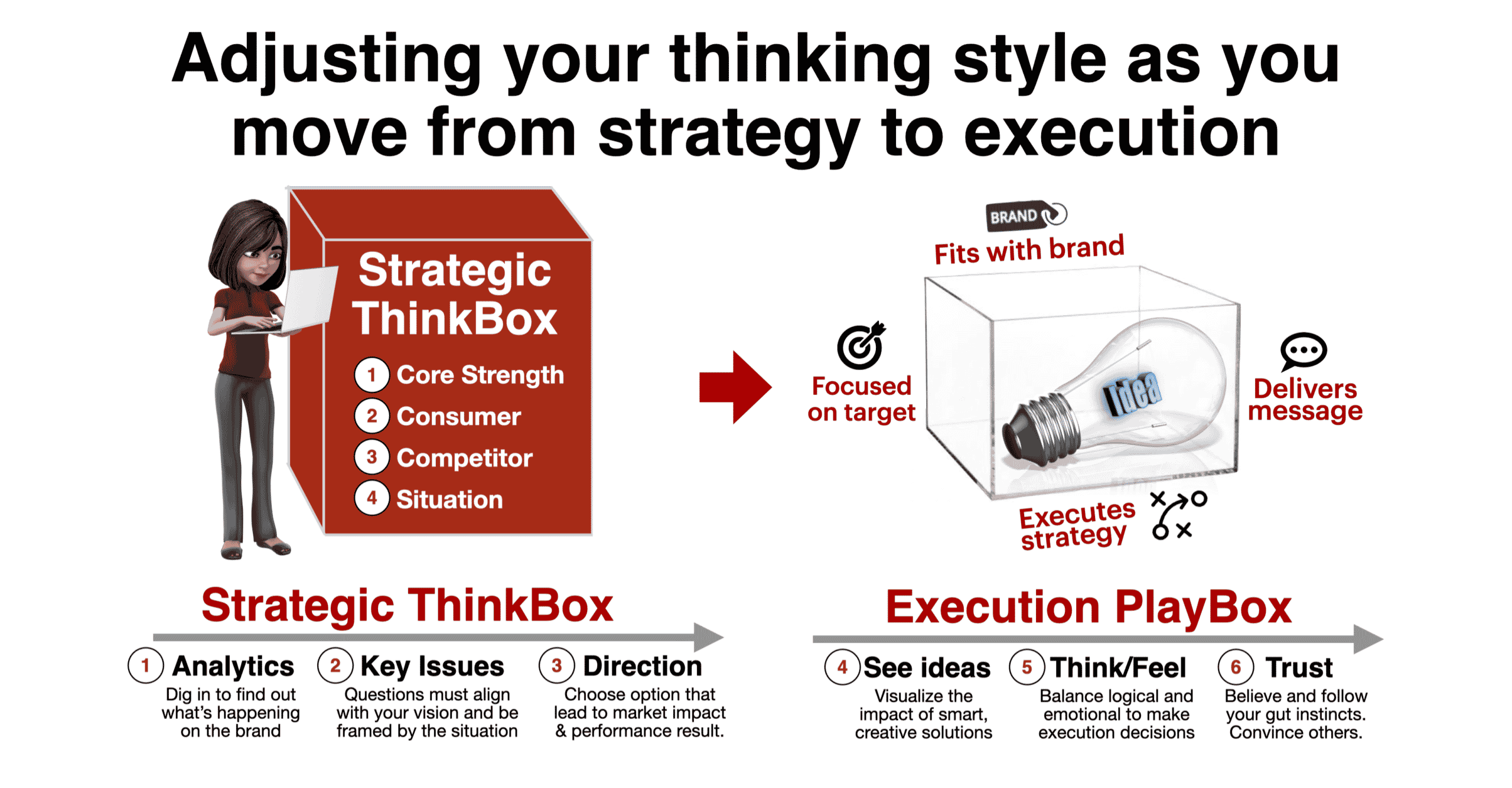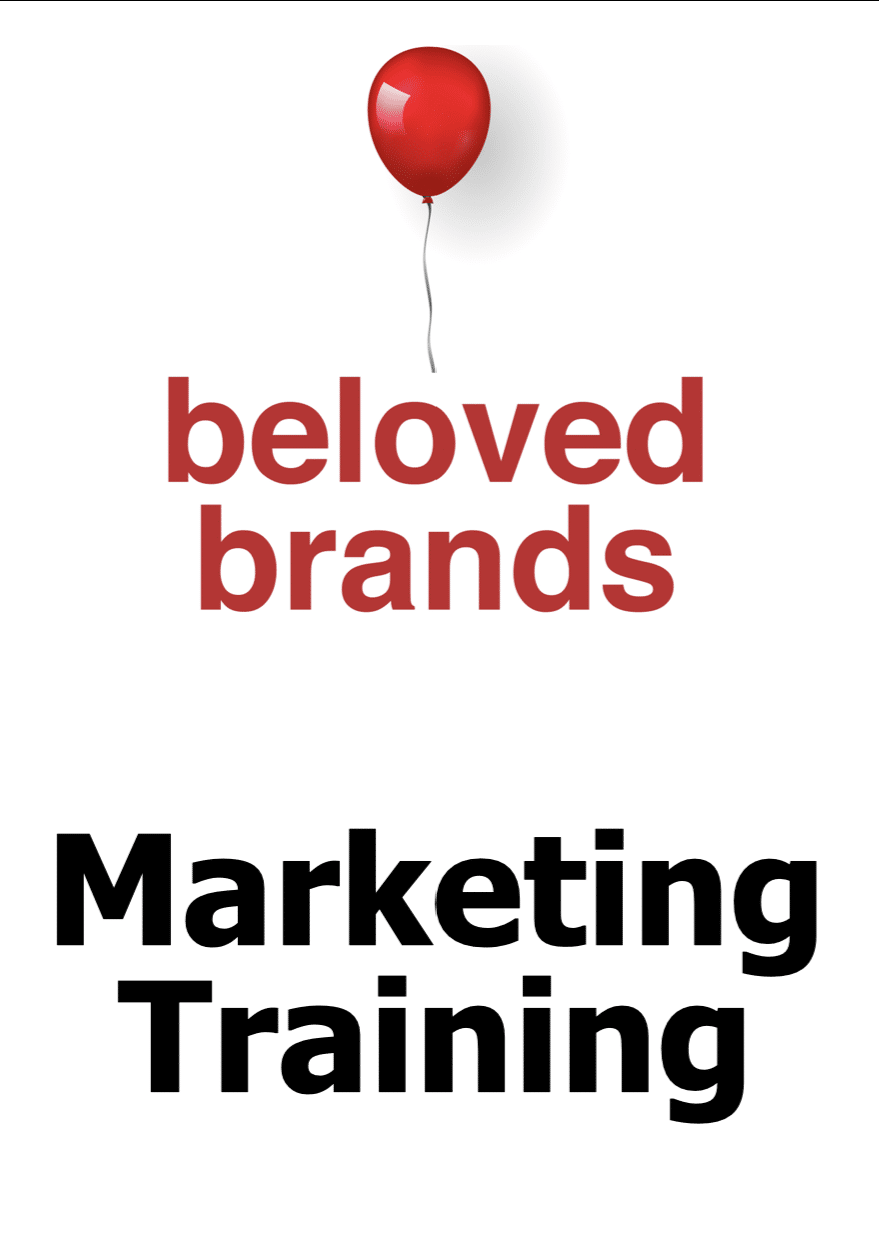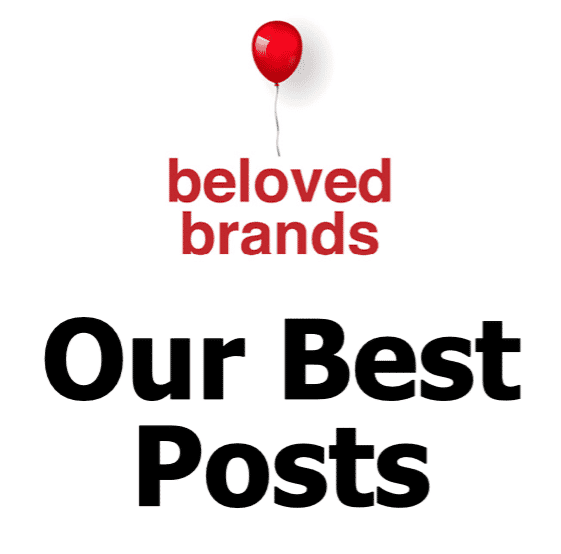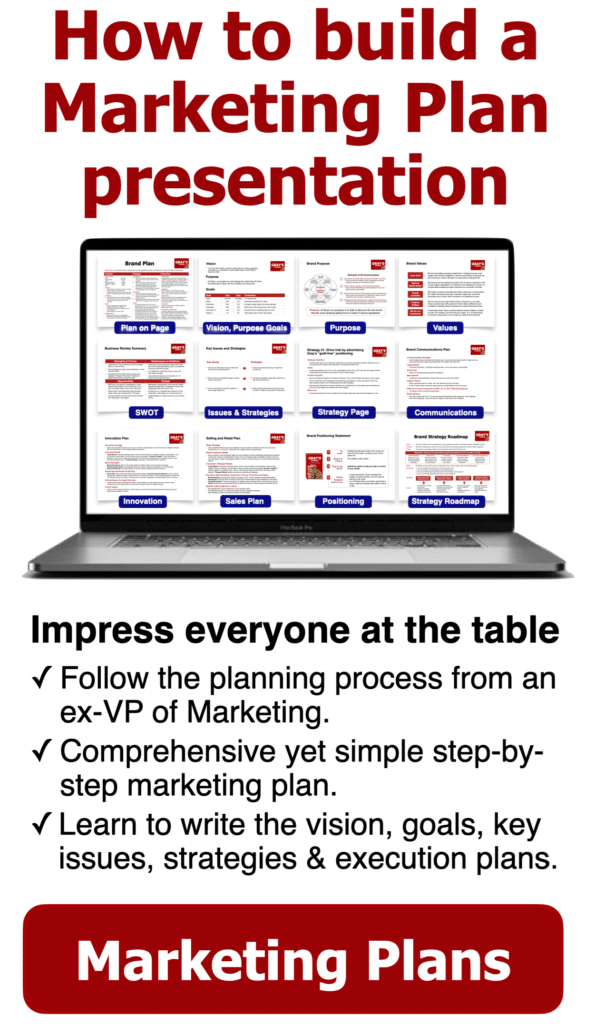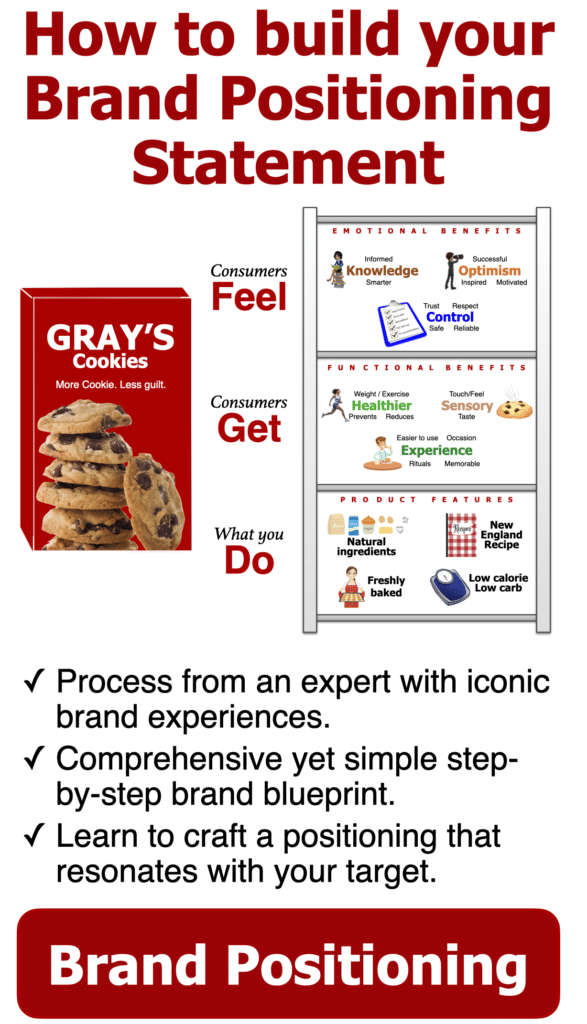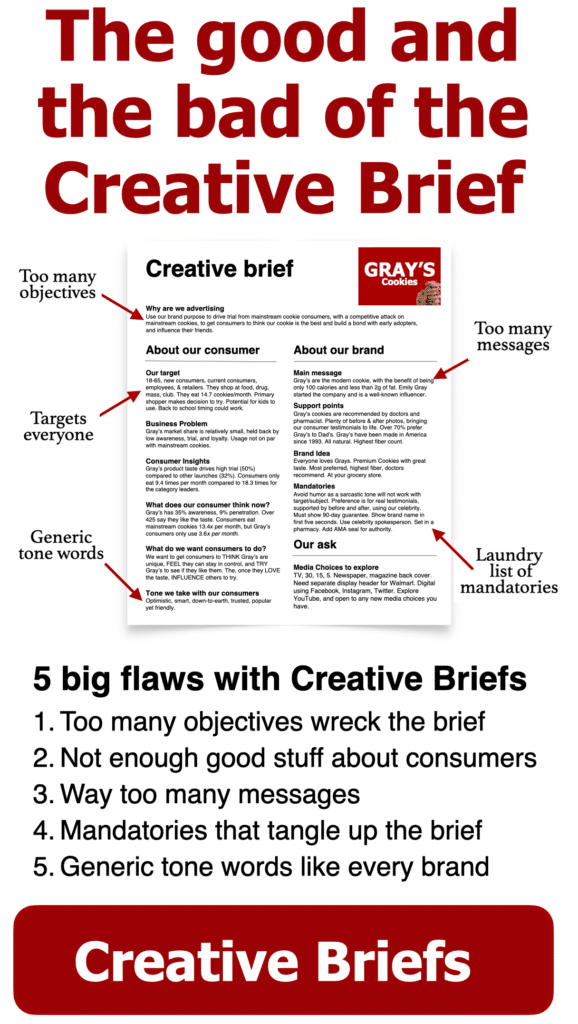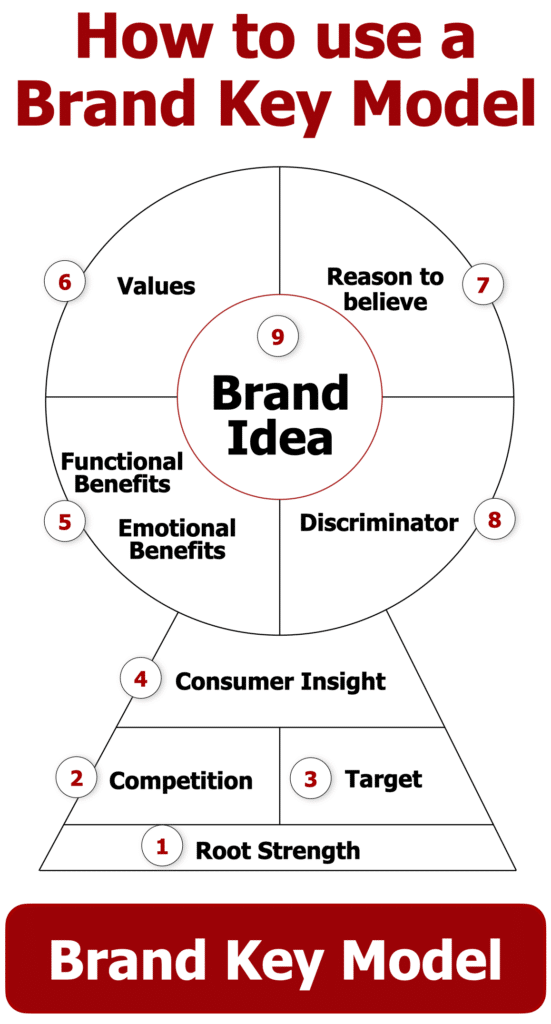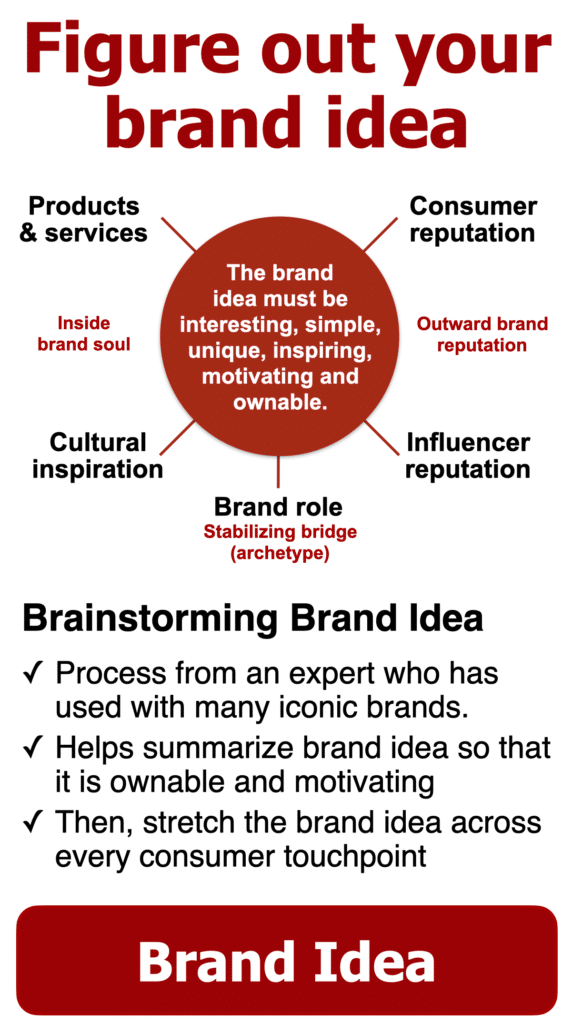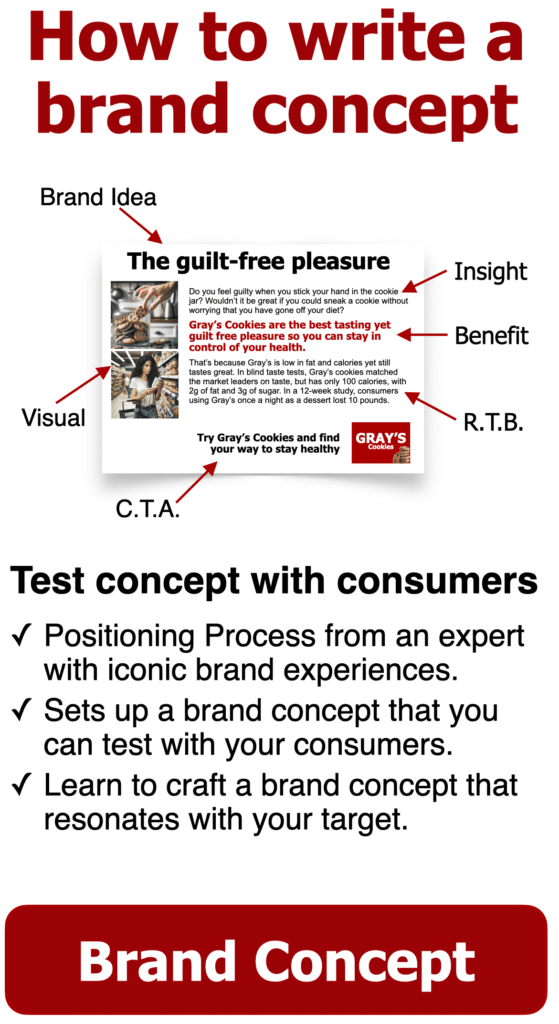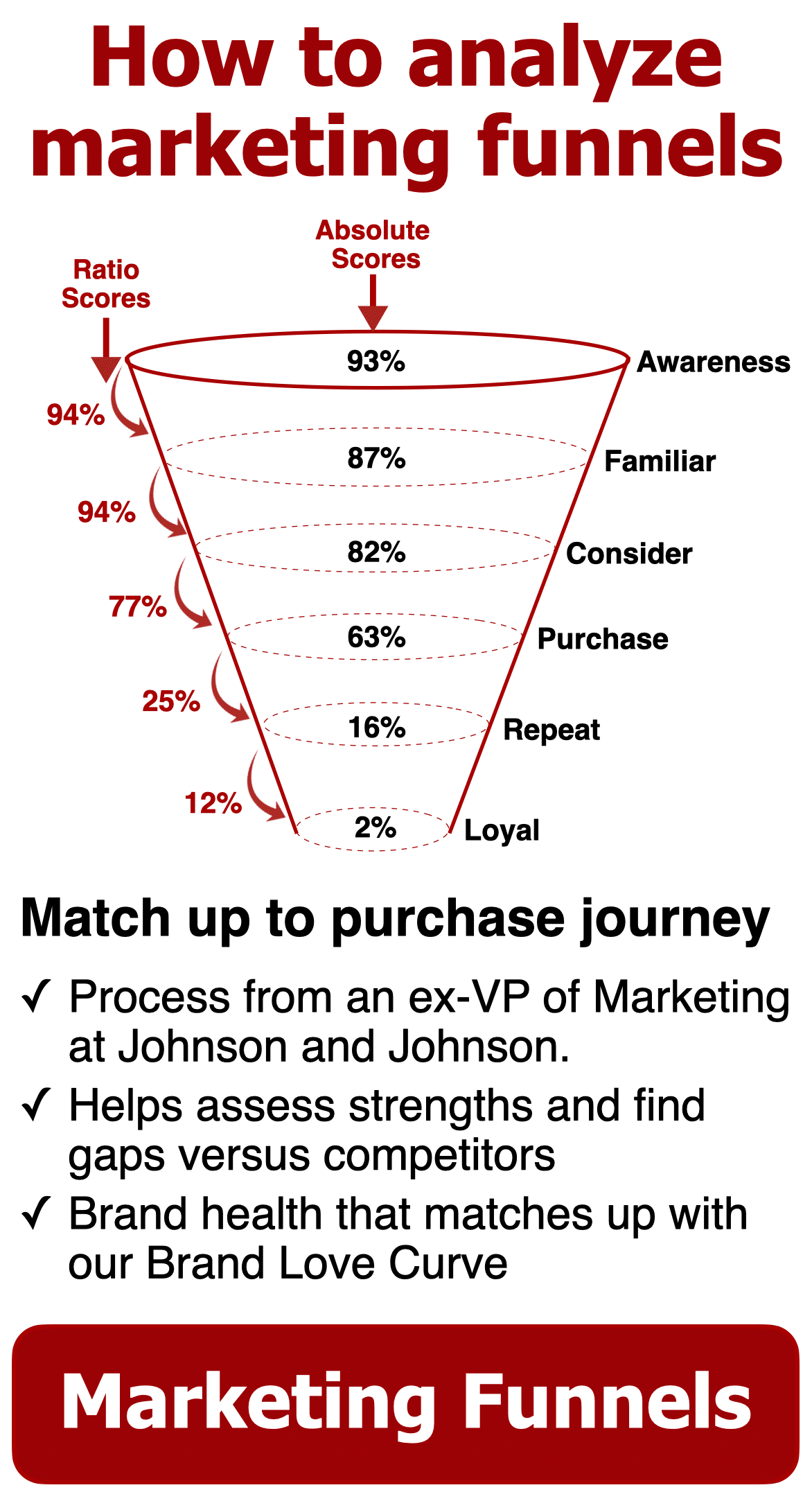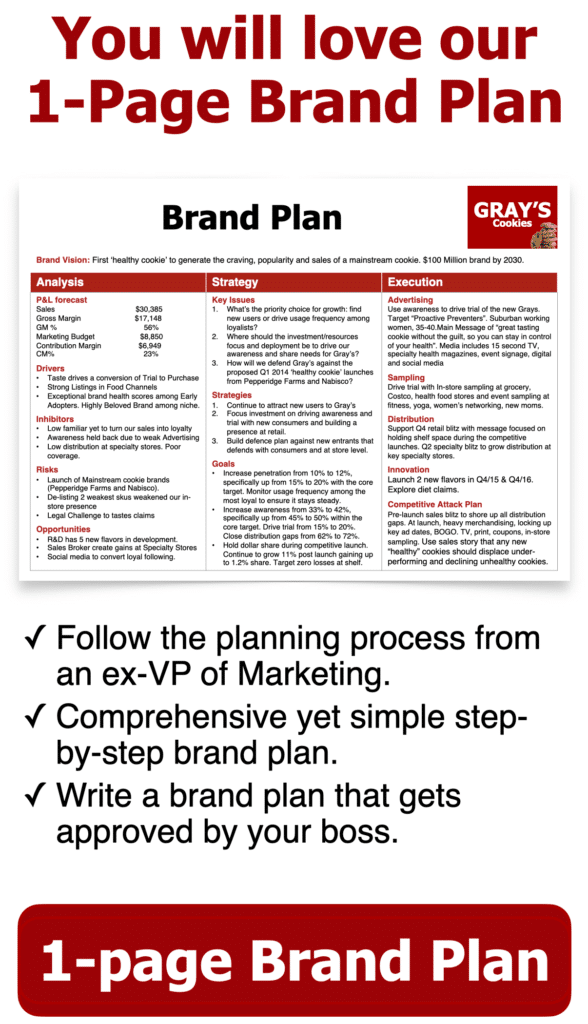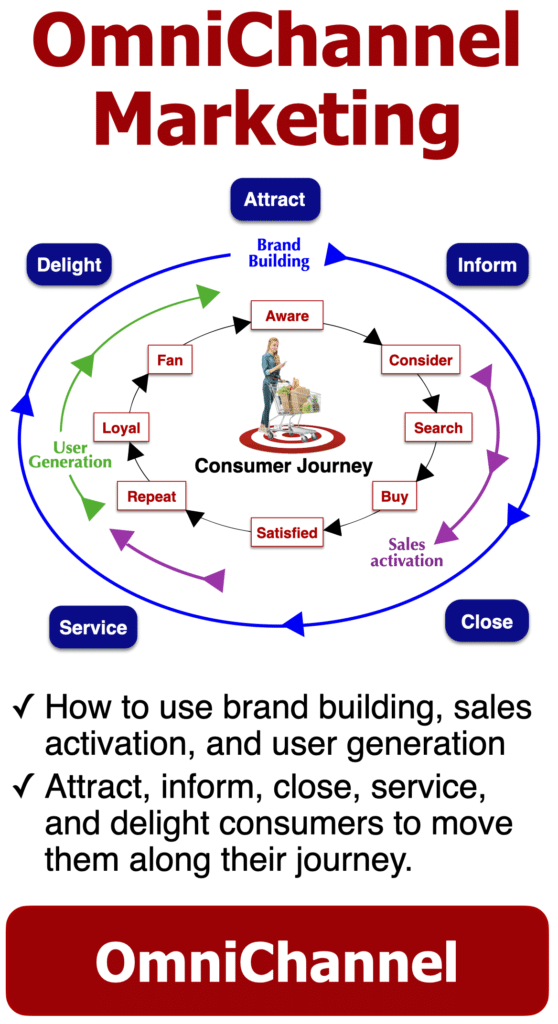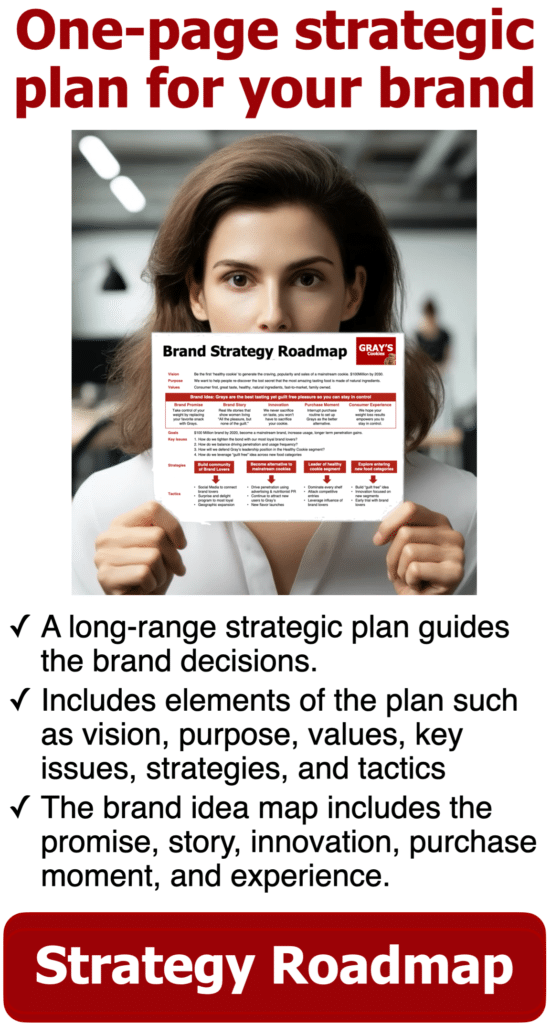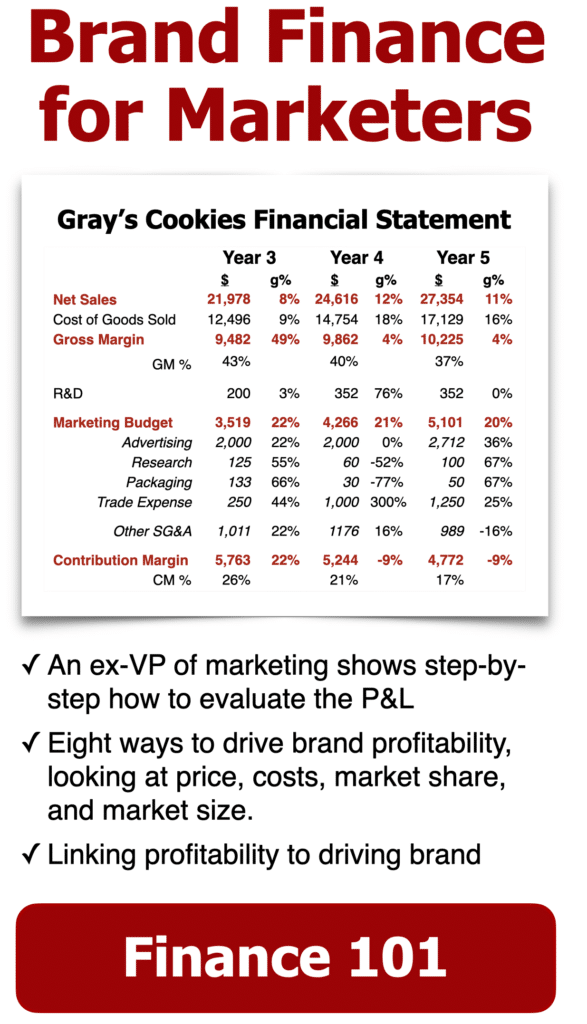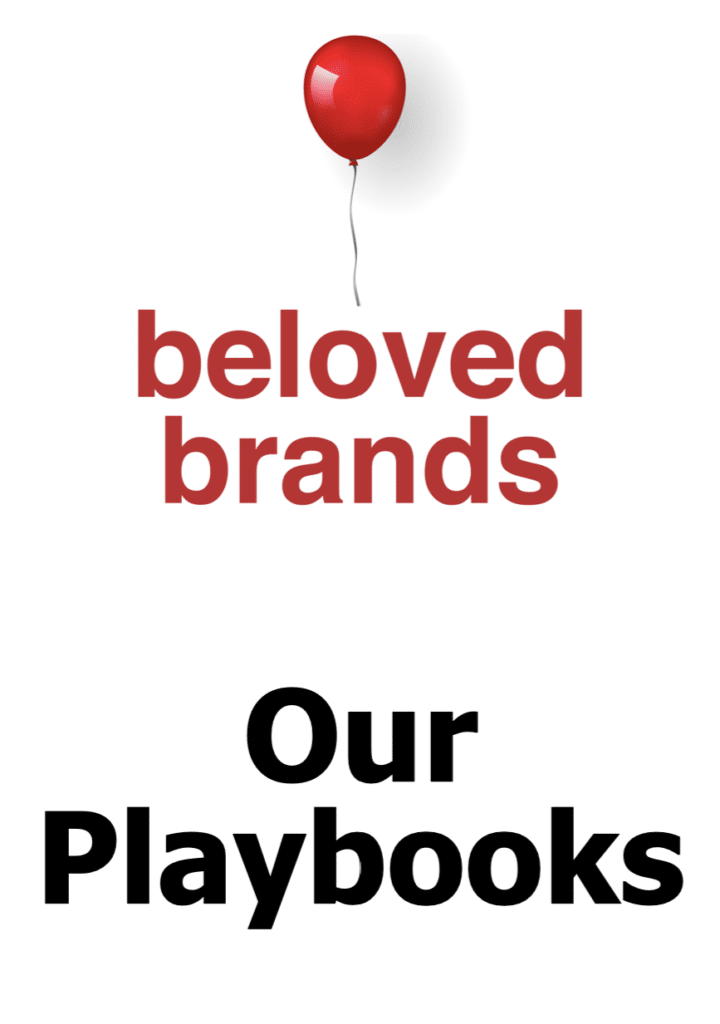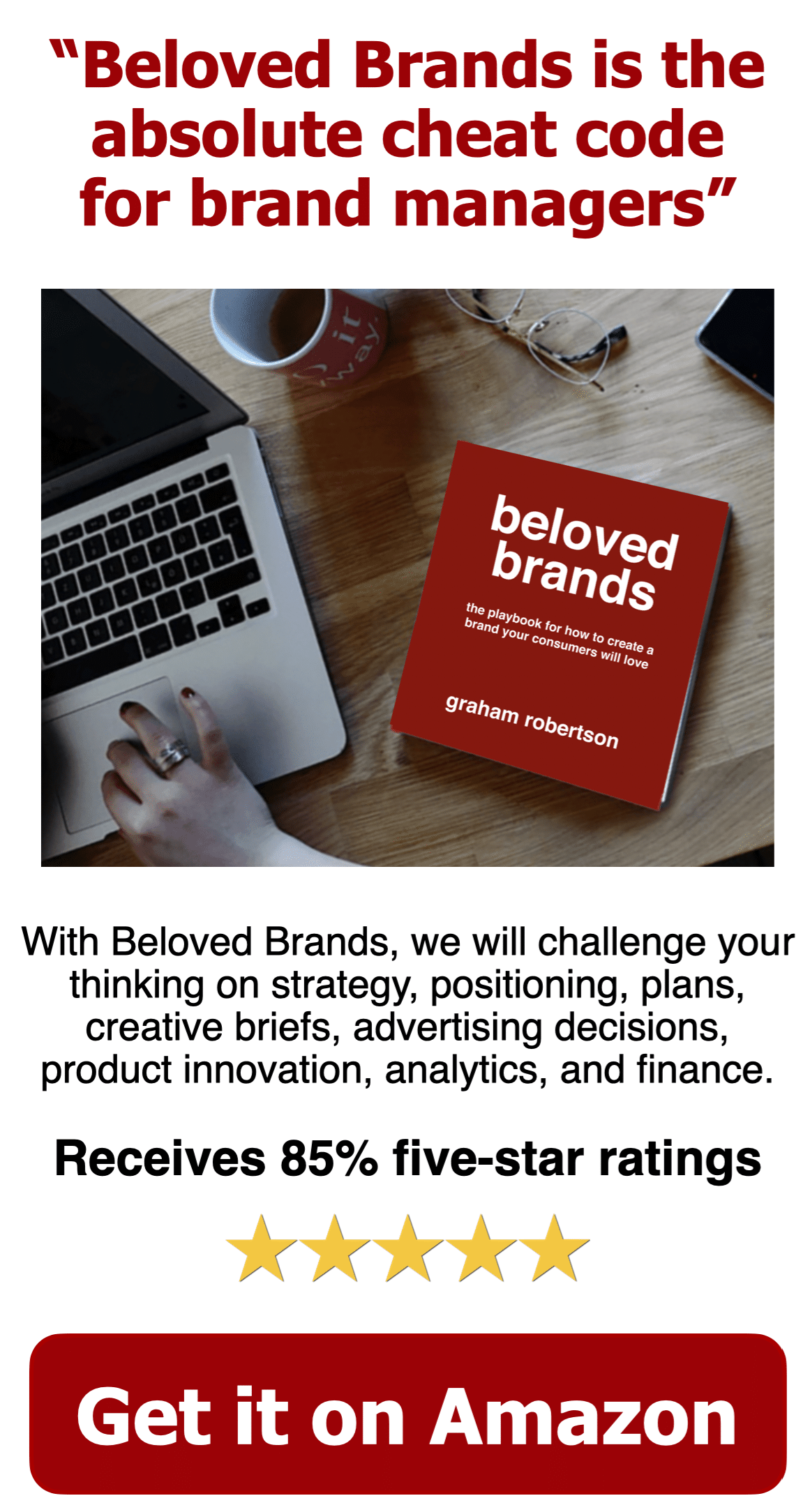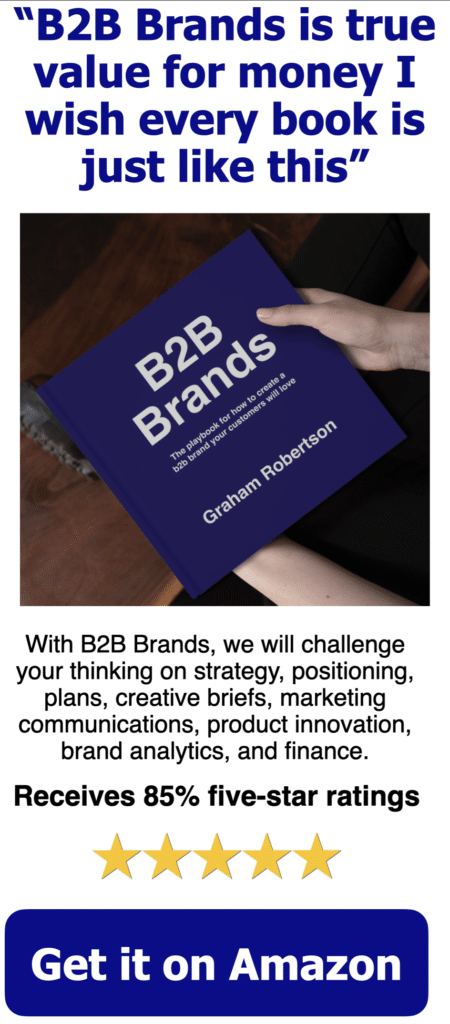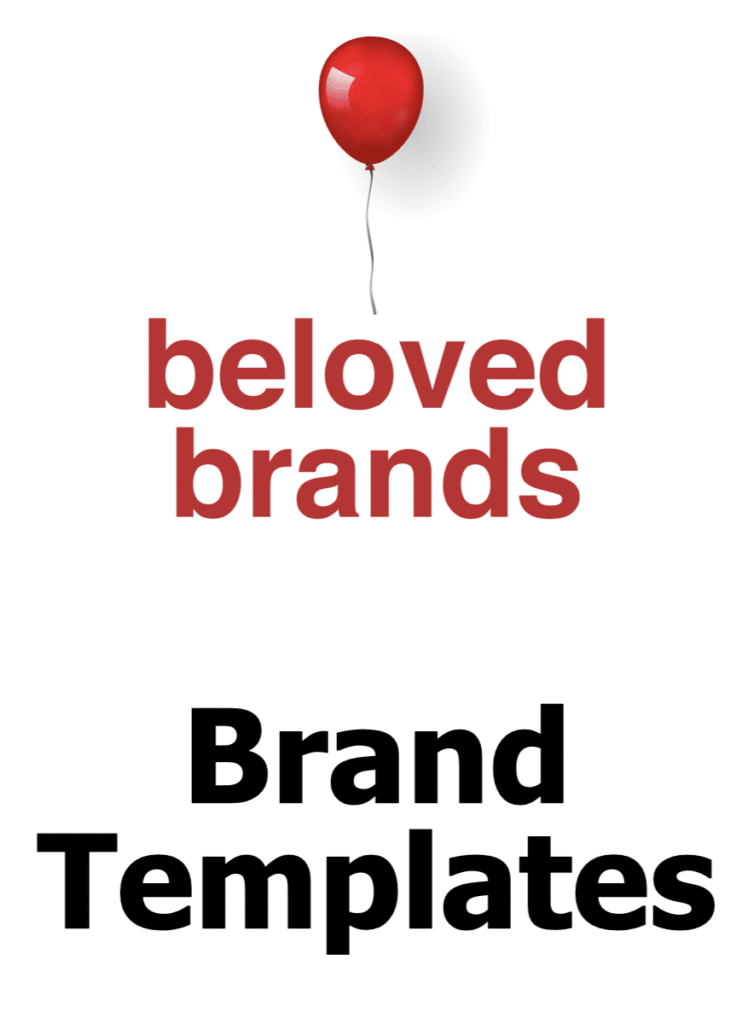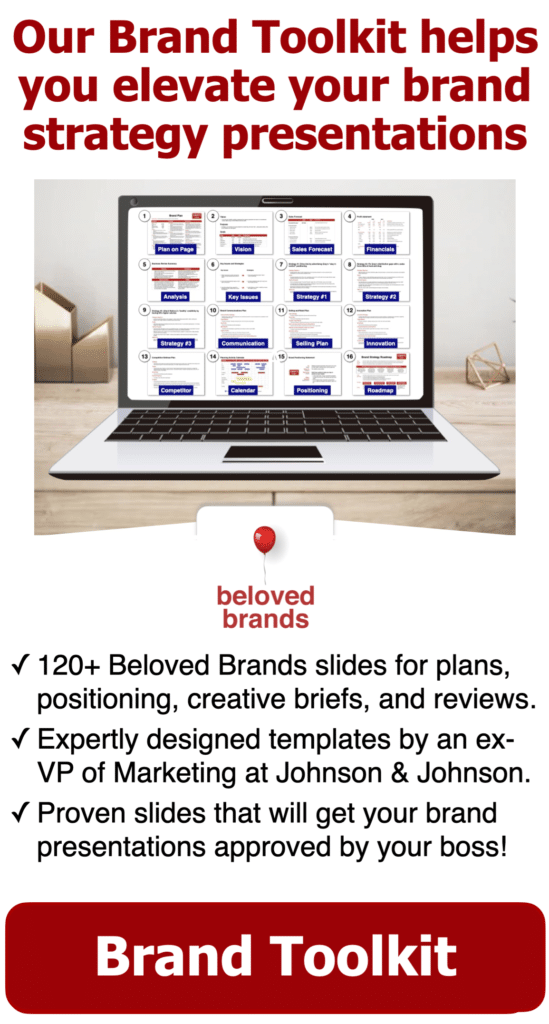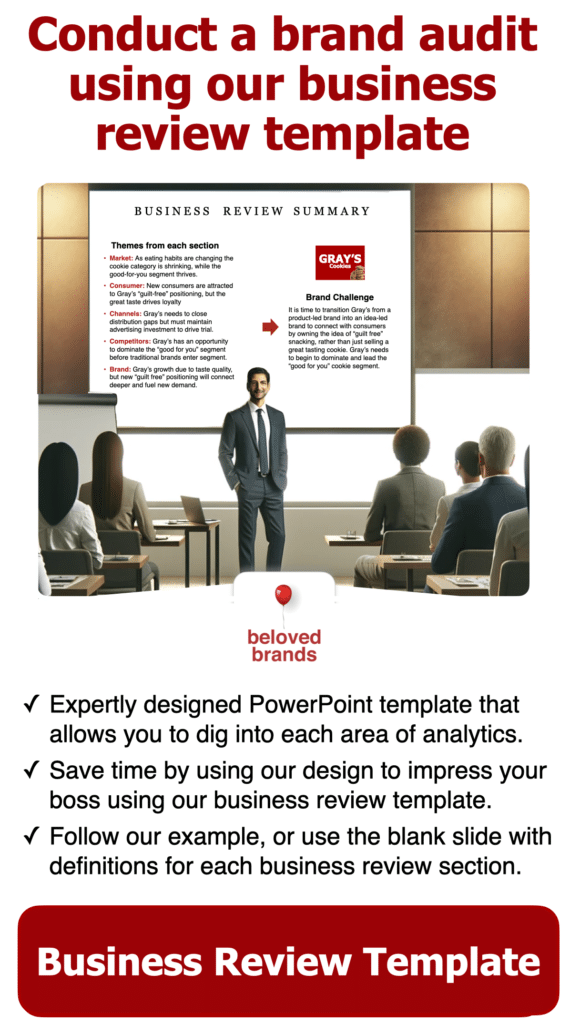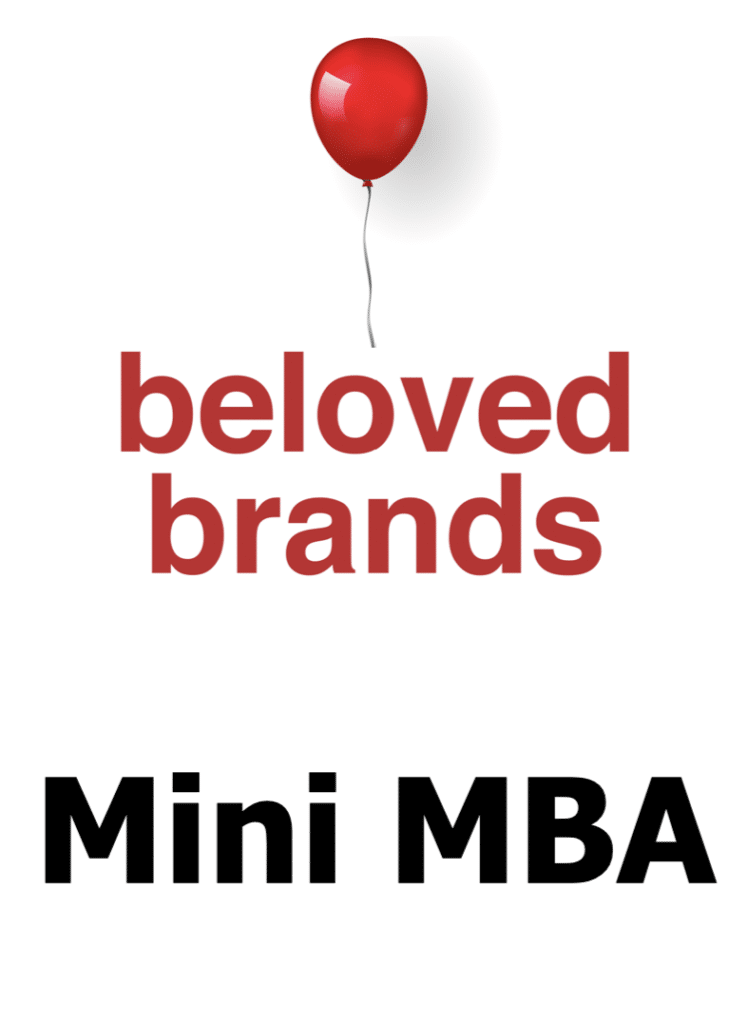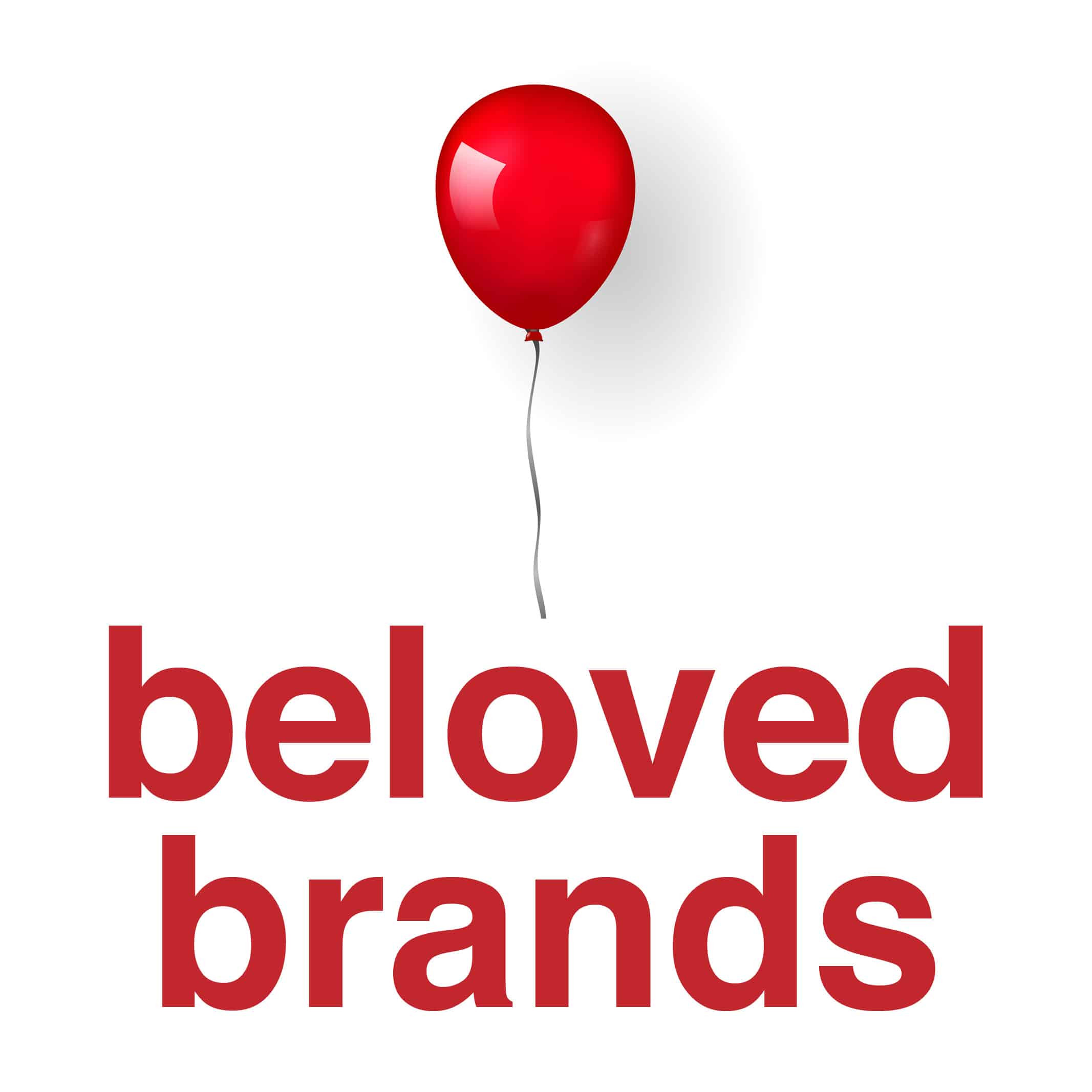The best brands of today spend as much effort marketing to themselves as they do to their consumers. While the culture behind your brand will form naturally, you can use a brand purpose and values to steer everyone who works behind the scenes of your brand.
Finding your brand purpose answers the big question of “Why does your brand exist?” It should force you to explore the underlying personal and honest motivation for why you do what you do.
Ikigai (生き甲斐) is a Japanese concept that means “a reason for being.” It is an intersection of what you are good at, what you love, what the world needs, and what you can be paid for.
Finding your brand purpose
Brand purpose can be a powerful way to build culture behind your brand, helping to connect with both employees and consumers, helping define your brand soul.
To illustrate, click on the diagram to zoom in.
This Venn diagram looks somewhat crazy at first. It works as an excellent tool for building your brand’s purpose. This Venn diagram has four significant factors, which match up:
- To start, does it fit with what consumers need or want?
- Next, does it fit the core values of your team?
- Then, does it deliver your passion in loving what you do?
- Finally, can you build a beloved and successful branded business.
Your brand purpose will come to life at the intersection that meets the consumer needs, fulfills your passion, stands behind your values, and yet still builds a successful branded business. Having clarity on your brand purpose helps build the culture behind your brand.
M A R K E T I N G B O O K
beloved brands
The playbook for how to create a brand your consumers will love
Beloved Brands is your secret weapon to guide you through every challenge that you face in managing your brand
Get ready to challenge your mind as we take you on a deep dive to find the most thought-provoking strategic thinking questions that will help you see your brand in a whole new light.
Our unique process for defining your brand positioning will push you to find fresh ideas and new possibilities for how to differentiate your brand based on both functional and emotional benefits.
But we won’t just leave you with ideas – we show how to transform your thinking into action.
Learn how to write a brand plan that everyone can follow, ensuring that all stakeholders are aligned and contributing to your brand’s success.
We’ll walk you through the marketing execution process, from writing an inspiring brief to making smart and breakthrough decisions on both creative advertising and innovation.
And when it comes to analyzing your brand’s performance, we’ve got you covered. Learn how to conduct a dive deep audit on your brand to uncover key issues that you never knew existed.
And, don't just take our word for it: our Amazon reviews speak for themselves.
With over 85% of our customers giving us a glowing five-star rating and an overall rating of 4.8 out of 5.0, we know we’re doing something right. And with numerous weeks as the #1 bestseller in brand management, you can trust that we have the experience and expertise to help you achieve success.
"The cheat code for brand managers!"
“It is without a doubt the most practical book for those who want to follow brand management that I have ever read in my life! Beloved Brands is written by a real, experienced marketeer for marketers. This book contains methodologies, tools, templates and thought processes that Graham actually used and uses in his career.”
Read our sample chapter on strategic thinking
Brand purpose example
Five questions to help find your brand purpose
- To start, when it comes to your business, what aspect creates the most passion for you, and how does that passion build a bond with your most cherished consumers?
- Second, what is the most unique, ownable, and motivating offering from your business, that puts you in a position where you believe others cannot replicate what you do?
- Then ask, what is your core belief or behavior about your business that leads to creating the best consumer experience possible?
- Next, what do you do to make your brand one of your consumers’ favorite brands, and how is it making a difference in their day, year, or life?
- Finally, consider that we all have choices in life. What was the final reason you chose to build your life through this business, instead of the other options?
With the answers to these questions, begin piecing your purpose statement together. Here’s an example using Gray’s Cookies.
To illustrate, click on the brand purpose diagram to zoom in.
Brand values
Discovering your brand values
Brand values form the backbone of the culture behind your brand. They may come from your background. It could be how you grew up. Or maybe, it is rules you identify with. It could be how you see your priorities in life.
Your beliefs come from your experience. They explain why and how you choose to do business, how you treat your people, how you conduct yourself as a leader and as a person in the community. These beliefs should be personal, ethical, or rooted in frustration for how you see things happening in the world.
Your inspirations should excite the team members who work behind the scenes of the brand. They should stimulate your people to go beyond the norms of effort or passion.
It works best when your people have input into creating and building your values. They will feel included, heard, and invested in your brand’s success. The closer your values reflect the realities of what your people believe in, the more successful you will be in using those values to inspire greatness.
Five questions to help find your brand values
- To start, think of what is in your background–whether that is how you grew up, experiences that shaped the priorities in your life–that you bring to your business?
- Second, what are your beliefs that come from your life experience that can explain how you choose to do business?
- Then ask, how does your life experience impact how you treat people, conduct yourself as a leader, and how it affects your perception as a business?
- Next, what are the inspirations from your life, whether a life lesson you keep thinking about or saying you repeat to yourself during a tough time, that shine through the way you do business?
- Finally, where do you see a behavior exhibited by one of your people when you think it is offside for the way you wish to do business, even if that behavior is generally-accepted in other companies?
Use the answers to piece your brand values together to steer the culture behind your brand. Here’s an example using Gray’s Cookies.
To illustrate, click on the diagram to zoom in.
Strategic Thinking
Smart strategic thinkers ask challenging questions.
To start, take the opportunity to improve your strategic thinking skills. Look to the five steps to building an effective brand strategy.
We show how to use our Strategic ThinkBox and lay out the five elements of strategic thinking. Next, we go deeper to challenge your brand’s core strength, engage with consumer strategy, or develop a competitive strategy.
Undoubtedly, you must understand the business situation before making your next move. We show you how to write the ideal strategy statements for your marketing plan.
Video Lesson: Key Issues
To illustrate, watch our video on how to find the key issues on your brand that you can use in your marketing plan. Importantly, it helps you find the best possible questions. Subsequently, it sets up strategic solutions to answer those questions.
To view, use the ▶️ controls to play our brand strategy video.
Staying on strategy through execution.
As you move to the marketing execution, you need to use in-the-box creativity to stay on strategy. We map out the advertising process and the innovation process. Take a look at our Creative Brief and the good and bad creative brief examples. Then, we set you up to make marketing execution decisions using our advertising checklist to evaluate creative advertising ideas. And, you can use our innovation checklist to compare new product ideas.
Importantly, marketers need to understand media planning, pricing strategy, and social media strategy.
Our brand templates make it easier for you to do your job.
If you are looking to make your marketing team smarter, we can help. To get started, email Graham Robertson at [email protected]
